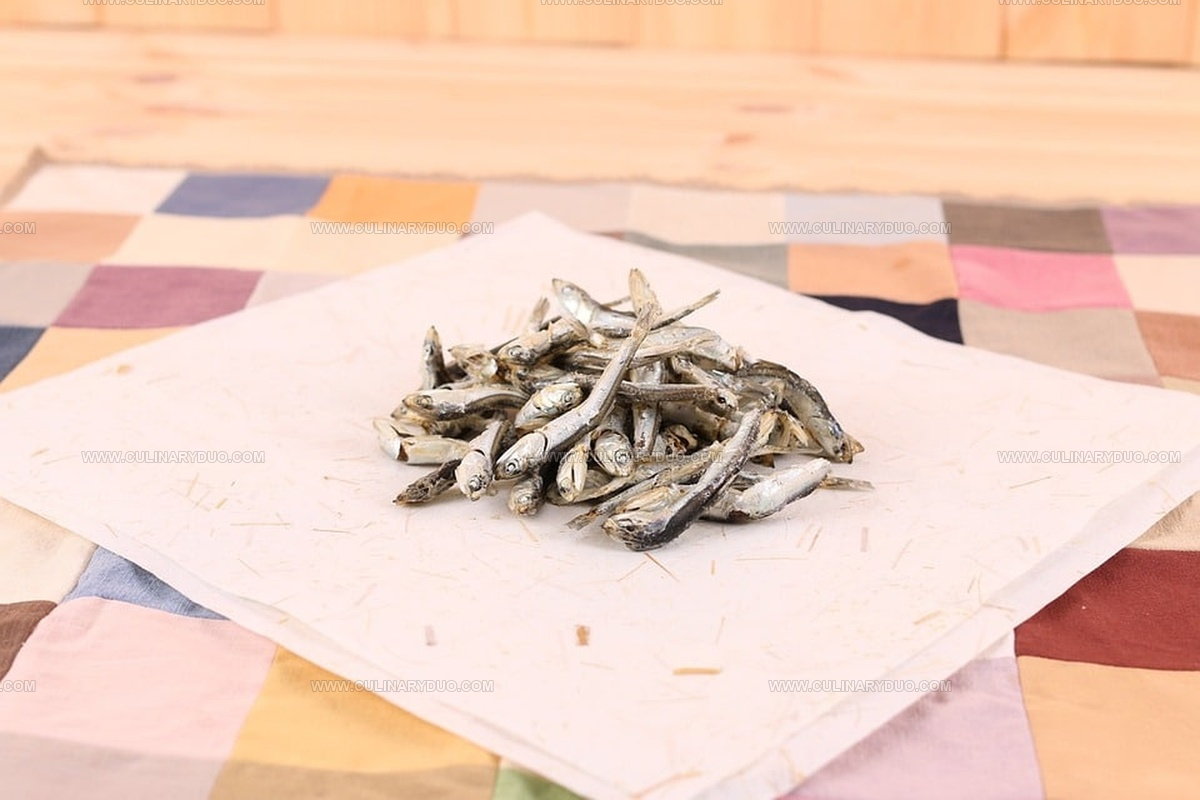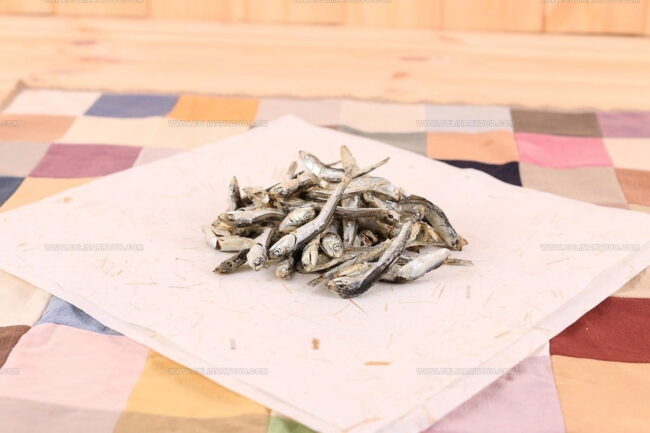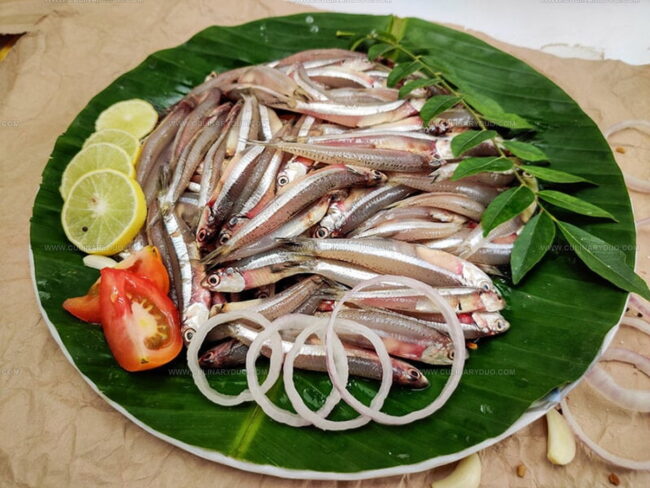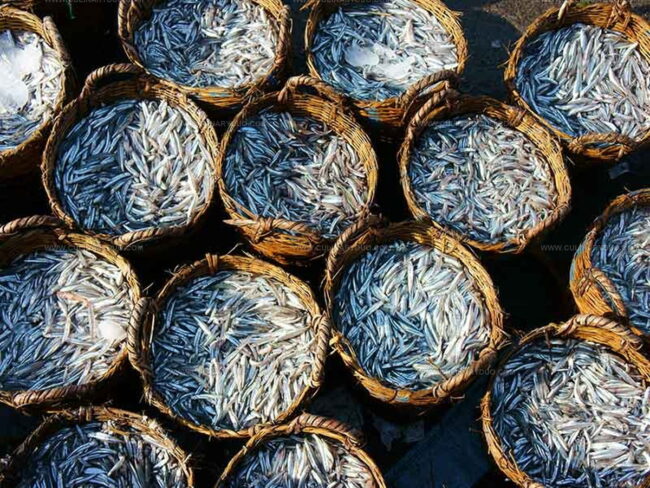What Do Anchovies Taste Like? A Bite into the Briny Deep
Anchovies have long intrigued food lovers with their mysterious and potent flavor profile.
Tiny, silvery fish pack a surprisingly powerful punch in culinary circles worldwide.
Mediterranean cuisines particularly celebrate anchovies as a transformative ingredient that elevates countless dishes.
Salty, intense, and umami-rich, these small swimmers trigger passionate debates among chefs and home cooks alike.
Some people adore their robust character, while others find them intimidatingly strong.
The complex taste of anchovies involves more than simple saltiness, hinting at deeper gastronomic secrets.
Curious diners eager to understand the nuanced essence of these remarkable fish will find answers waiting just ahead.
Anchovies Explained
Anchovies are small, silvery fish found in both saltwater and freshwater, but they’re most commonly caught in the ocean.
These fish are usually only a few inches long and are known for their strong, salty flavor.
Anchovies are often preserved by curing them in salt and then packing them in oil or brine, which makes them taste even more intense.
You’ll often find anchovies used as a topping for pizza, mixed into salad dressings like Caesar, or blended into sauces for a savory kick.
They melt into dishes, adding a deep, umami flavor without a strong fishy taste once cooked.
Anchovies are popular in Mediterranean and Asian cooking, and just a little bit can go a long way in making food taste richer and more complex.
Anchovy Taste Guide
Anchovies are small fish with a bold reputation in the kitchen, especially in Mediterranean cooking. Their flavor can surprise people who haven’t tried them in different ways:
Anchovies bring a burst of salty, savory flavor that can transform many dishes, and trying different types or ways of cooking them might just win over even the unsure eaters.
Anchovies: Health Benefits
Anchovies are packed with nutrients help boost overall wellness.
These tiny swimmers offer important health perks for your body.
Omega-3 fatty acids support brain function and heart health.
Selenium found in these fish might lower cancer risks when eaten regularly.
Key health benefits include:
Keeps Your Heart Healthy
Small fish packed with health benefits can help support heart wellness.
Research shows these tiny swimmers can lower harmful fat levels in blood.
They work to clear artery walls and reduce pressure inside blood vessels.
Blocking dangerous clot formation might decrease stroke risks for many individuals.
Helps Protect The Thyroid
Anchovies pack a small but powerful selenium punch with 31 micrograms per serving.
Recommended daily selenium intake sits at 55 micrograms for adults and teenagers.
Scientists in the 1990s discovered selenium played a key role in enzyme functions related to thyroid health.
Recent research continues to highlight connections between low selenium levels and potential thyroid problems.
Benefits Eye Health
Experts recommend that men get 1.6 grams and women get 1.1 grams of omega-3s each day.
A serving of anchovies provides 0.45 grams of EPA and 0.77 grams of DHA, both important types of omega-3 fatty acids.
Research shows that getting enough omega-3s in your diet can help lower your risk of macular degeneration, an eye condition that can affect your vision and cause things to look blurry or distorted.
Helps Prevent Alzheimer’s
Scientists at Harvard Medical School found that consuming higher amounts of omega-3 fatty acids linked to reduced levels of beta-amyloid, which signals potential Alzheimer's disease risks.
Best Types of Anchovies to Buy
Selecting anchovies offers several choices.
Different types include salt-packed, oil-packed, and paste options.
Salt-packed anchovies deliver best flavor, but require extra work like rinsing and soaking before use.
Paste versions come in small tubes for quick squeezing, yet lack rich taste.
Oil-packed anchovies work well as a middle ground.
Picking anchovies packed in pure olive oil - either in glass jars or tins - allows extra cooking oil usage after consuming fillets.
Many fancy brands exist, but Agostino Recca stands out as a solid choice with excellent quality and fair pricing.
Storing opened jars happens in refrigerators.
Opened tin contents should move to small sealed containers, covered with additional olive oil to protect remaining anchovies.
This storage method keeps fish fresh for around two months.
Cold temperatures might cause oil to harden, so removing containers from refrigerators 10 minutes before use helps smooth fillet removal.
Common Uses for Anchovies
Improve your pasta night with simple recipes.
Start with a classic puttanesca, a tasty one-pot tomato sauce pasta, or a basic olive oil-dressed spaghetti or cauliflower pasta.
Shake up salad dressings for more flavor.
Whip up a standard Caesar dressing, which pairs wonderfully with this vinaigrette.
Anchovies bring intense flavor that works perfectly with bitter lettuces like radicchio, creating a delightful salad combination.
Bagna cauda offers a delicious option.
Southern Italian kitchens celebrate anchovies with this special dish.
Piedmont's specialty blends melted anchovies, garlic, and olive oil into a warm sauce meaning "warm bath." It serves as a fantastic dip that complements roasted Brussels sprouts beautifully.
Homemade tapenade makes for an easy treat.
Store-bought versions work, but creating your own is simple and satisfying.
Spread it on crackers or crostini, use it as a sandwich spread, or add a dollop to chicken or fish for extra flavor.
Summer's final tomatoes deserve special attention.
Catch the last of the season's harvest by roasting them with olive oil, minced anchovies, and garlic.
Salty anchovy flavors blend perfectly with tomatoes' sweet and tangy notes.
Enjoy this mix spread on toast, alongside grilled meats, or atop fresh mozzarella slices.
Anchovies in Mediterranean and Asian Recipes
Anchovies may be small, but they make a big difference in both Mediterranean and Asian kitchens.
Their salty, savory flavor brings depth to all kinds of recipes:
In Italy, they’re melted into sauces like puttanesca, while in France, they show up in tapenade and on top of Niçoise salad.
Many cooks use them as a hidden seasoning in soups and stews.
Korean and Japanese recipes often start with anchovy-based stocks for extra flavor.
No matter the recipe, anchovies are the secret ingredient that can take food from flat to flavorful, making simple meals taste special in just a few bites.





Natalie Brooks
Co-Founder & Content Strategist
Expertise
Education
eCornell
Natalie brings the vibrant, plant-powered side to Culinary Duo. After earning her Plant-Based Nutrition Certificate from eCornell, she combined her love for fresh ingredients with a passion for storytelling, aiming to make healthy cooking simple and satisfying.
Her kitchen motto: good food doesn’t need a fancy label, it just needs fresh ideas and a little creativity. Outside of writing and recipe testing, Natalie’s happiest in her garden, exploring farmers’ markets, or mixing global flavors into new kitchen experiments.